Dutch investor seeks improvement in practices, financial returns
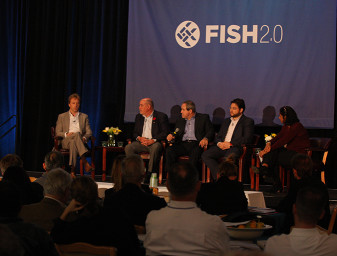
Anything that can make the aquaculture industry better is what Aqua-Spark CEO and co-founder Mike Velings is looking for as an investor. Like eFishery, an automated fish feed administration technology that was invented in Indonesia and is currently being implemented by producers there. Using eFishery, farm operators can monitor their feed performance from anywhere, saving money and environmental impacts from wasted resources.
And like Calysta, a California-based biotechnology company that has developed technology to convert natural gas into animal feed, perhaps the aquaculture industry’s greatest input cost. Calysta CEO Alan Shaw presented at the Global Aquaculture Alliance’s GOAL conference in Vancouver in October, tantalizing the audience with the promise of his company’s potentially revolutionary technology.
For Velings, investing in aquaculture is more of a global imperative than a value proposition. This is no time for small thinking if seafood production worldwide is to double, as some predict, by the end of the century. In just two years the Dutch firm has developed a modest portfolio, but a strategy that is poised for growth and impact across the entire aquaculture value chain.
Investors active in the aquaculture sector seem scarce. Why is aquaculture — given its promise as a solution to global food security — a risky or unsexy industry to invest in?
For a number of reasons, and [due to] quite a few issues from the past. One, it doesn’t have a good reputation, because some people lost quite a bit of money in the past; those stories have been relatively published. From an outsider’s perspective, from an investment perspective, [it’s difficult] to determine what is a good investment in this space and what that investment looks like and what is safe to put your money into.
If you can invest your money in something you know, and there’s a lot of benchmark information to compare one business to another, or to another sector because you have the data, you can get comfortable with what you’re doing. That’s not available in aquaculture. Right now you don’t have anything to compare it to, outside of a few public companies. And on top of that it’s capital intensive. There’s differences in species and in geography and what kind of farm you’re talking about. If you do open-water marine aquaculture, you’re talking about tens of millions of dollars, easily.
Many investors take a traditional approach to own the company and that means they would need a lot of capital, even larger scale investors can probably do only one investment, and without any significant knowledge of the industry, it’s nearly impossible. A lot of people see the micro-trends and see it’s a growing industry. But at the same time a lot of people have a hard time to place their bets. Very few examples of people making money. There are some, but for an investor looking at the industry, they’re not easy to identify at all, so they stick to what they know, like real estate or something else.
Are aquaculture diseases the major deterrent, or is it the uncertain regulatory climate?
The other things I mentioned previously are bigger issues. But disease is definitely a major issue.
Fish feed is a key area of focus for you. What attracts you, the innovative work in replacing fishmeal in feeds and continual improvement in formulations? Or the overall surging demand for fishmeal?
We have a slightly different approach than a typical investor. Our goal is to show you can have sustainable, healthy and affordable aquaculture and financial returns comparable to traditional industry or better, and hopefully that will create a following. Our strategy to do that is to make 60 to 80 investments over a decade across the value chain, for feed ingredients to farming to technology, all the way to the supermarkets; across species, across the globe, and create synergies between these companies.
We think that fishmeal needs to be replaced, that fish oil needs to be replaced; both products are good for the fish but not the environment. We have a very limited amount of resources.
We believe you can’t talk about sustainable aquaculture without sustainable feed. There are major challenges in that area. If we are to build a sustainable aquaculture value chain, we have to look at investment in every element. It’s logical that one of our first investments was a feed ingredient, but it’s only one of many we will make. Our main focus on the long term is actually farming, and not so much other companies or outfits. But we need those companies to come up with something that is sustainable. For the long term, we have quite a number of goals — we want to go way beyond fishmeal. We think that fishmeal needs to be replaced, that fish oil needs to be replaced; both products are good for the fish but not the environment. We have a very limited amount of resources.
If we are to produce an additional 70 million metric tons (MT) of fish by 2030, maybe even double that by end of century, and hundreds of millions of MT of feed — the way we formulate feed today in those terms is unsustainable, whether you’re talking about fishmeal or soy, which is not a popular thing to say. Where is 200 to 300 million MT of extra soy going to come from? We can’t cut down twice the rainforest that we already have. You could argue that soy or in general food crops that require large tracts of land and other resources are just as unsustainable as fishmeal. We think that an ideal feed in the future is formulated with ingredients that have a much smaller footprint in general, such as microbes.
Even the smart-feeder system e-Fishery has feed conservation as a focus. Feeding fish indiscriminately is obviously a thing of the past. Is the aquaculture inefficient with its feed resources?
That depends very much. [Looking at] current practices, I would say no. The big formulators EWOS and Nutreco, I look at how they do it, and the resources available, and they are doing a good job. I wouldn’t say those operations are inefficient.
[Looking at] aquaculture globally, Indonesia has 3.3 million fish farmers. Most of those ponds are fed by hand. Now we could argue if we could make a more sophisticated appliance, we could go further. But we want it to be affordable and make money for a farmer on a short term. [We see a] 21 percent in feed savings in Indonesia, millions of ponds — that alone is huge savings, better incomes and a lot less pollution.
Aside from feed technology, are there other aspects of aquaculture that are potential targets for you?
Farming itself, disease battling, all kinds of equipment — anything that makes the industry better than it is today. Revolutionary methods of farming; anybody that does something that adds to the betterment of the industry, we are interested in.
We look at everything; we have 500 companies in the pipeline that we think are interesting and to keep tracking.
Aqua-Spark co-founder Amy Novogratz said when the e-Fishery was announced, that if the industry were more “transparent, data-driven, and accountable” it would be more “investment-friendly.” Is it hard to come across trusted information? In what other ways can the industry increase its reliability?
Yes, it is hard. There is no information — that’s the summary of it. The only information you get is what you get from individual entrepreneurs and businesses. You have to look at a great deal of them. It’s not easy to get the right reliable data on the table. We do a lot of research. It would help if this industry came up with a global standard or benchmark. It’s common for other industries to submit data to an anonymous database.
Concerning the overall investor interest in aquaculture, are we about to reach a turning point? What are some signs?
We have a few years to go. But together we can create that turning point. We believe it is coming.
Now that you've reached the end of the article ...
… please consider supporting GSA’s mission to advance responsible seafood practices through education, advocacy and third-party assurances. The Advocate aims to document the evolution of responsible seafood practices and share the expansive knowledge of our vast network of contributors.
By becoming a Global Seafood Alliance member, you’re ensuring that all of the pre-competitive work we do through member benefits, resources and events can continue. Individual membership costs just $50 a year.
Not a GSA member? Join us.
Author
-
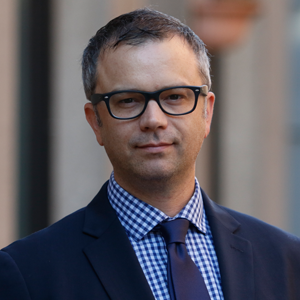
James Wright
Editorial Manager
Global Aquaculture Alliance
Portsmouth, NH, USA[103,114,111,46,101,99,110,97,105,108,108,97,97,103,64,116,104,103,105,114,119,46,115,101,109,97,106]
Related Posts
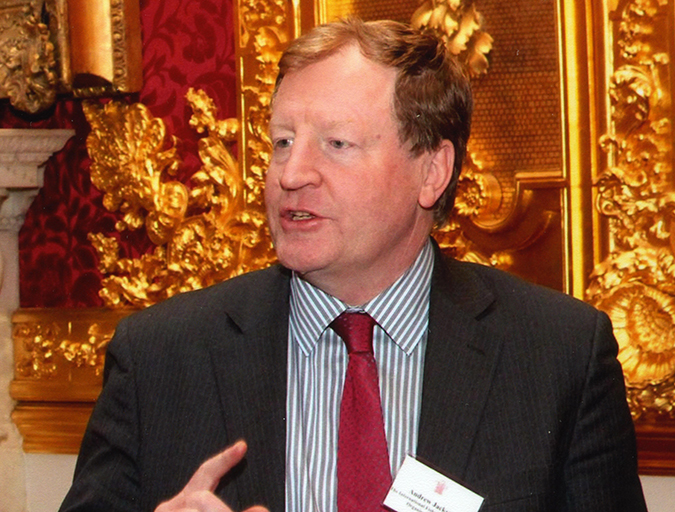
Aquafeeds
Aquaculture Exchange: Andrew Jackson, IFFO
Aquaculture remains dependent on fishmeal and fish oil, crucial marine ingredients in aquafeeds, particularly at key life stages. Andrew Jackson, technical director at IFFO and one of the world’s foremost fishmeal experts, tells the Advocate that the two industries can coexist well into the future if properly managed.
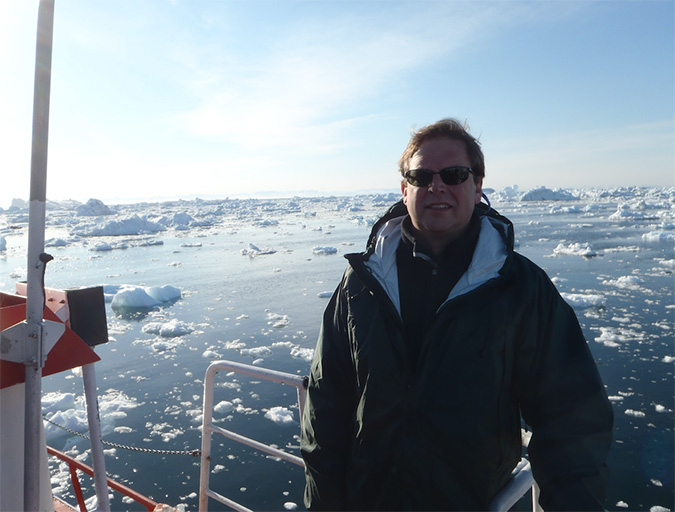
Innovation & Investment
Aquaculture Exchange: Sebastian Belle
The executive director of the Maine Aquaculture Association talks to the Advocate about the diverse and growing industry in his state (oysters, mussels, kelp, eels and salmon) and how aquaculture should be used as a rural development tool.
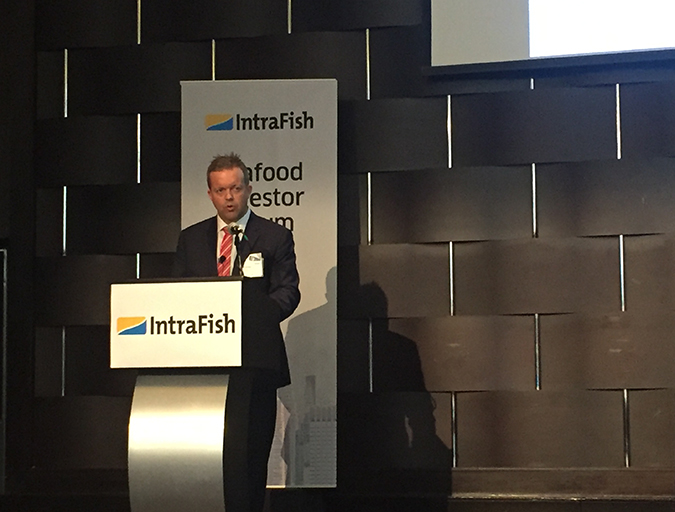
Innovation & Investment
Investors see (mostly) upsides in aquaculture’s outlook
Aquaculture is attractive to investors, but they remain wary of diseases that could stunt projections of massive growth. At the IntraFish Seafood Investors Forum in New York, discussion about the salmon industry and its challenges — antibiotics, genetically modified fish, Chile’s woes, sea lice — revealed both criticism and optimism.

Innovation & Investment
What investors see when they look at seafood
Investors see the good, bad and ugly aspects of the seafood industry. Experts at the IntraFish Seafood Investors Forum described the headwinds facing the market, like consumer confusion, while offering glimpses into their strategies (hint: patience is a virtue).


